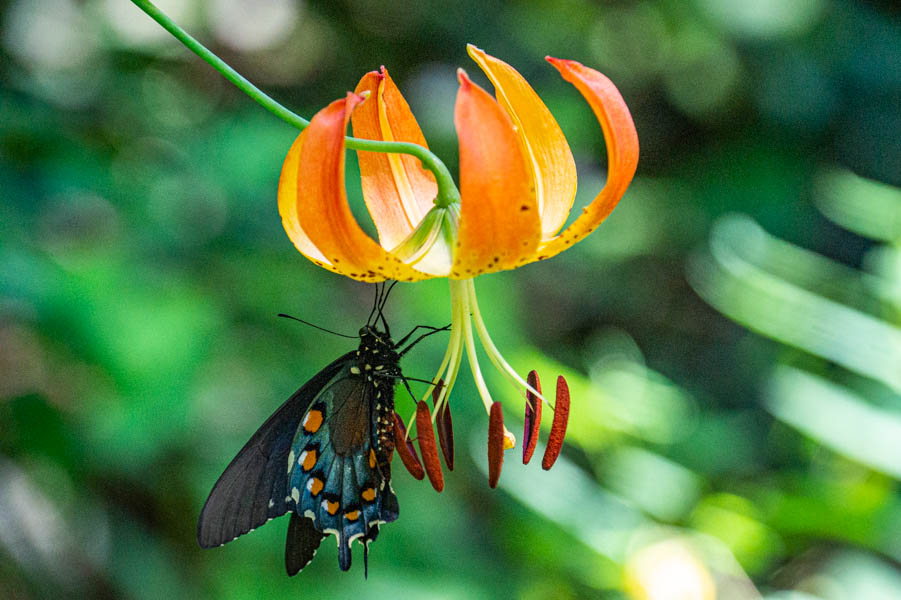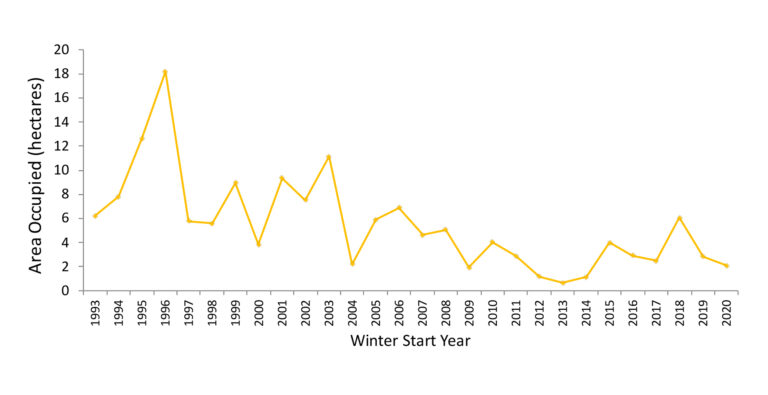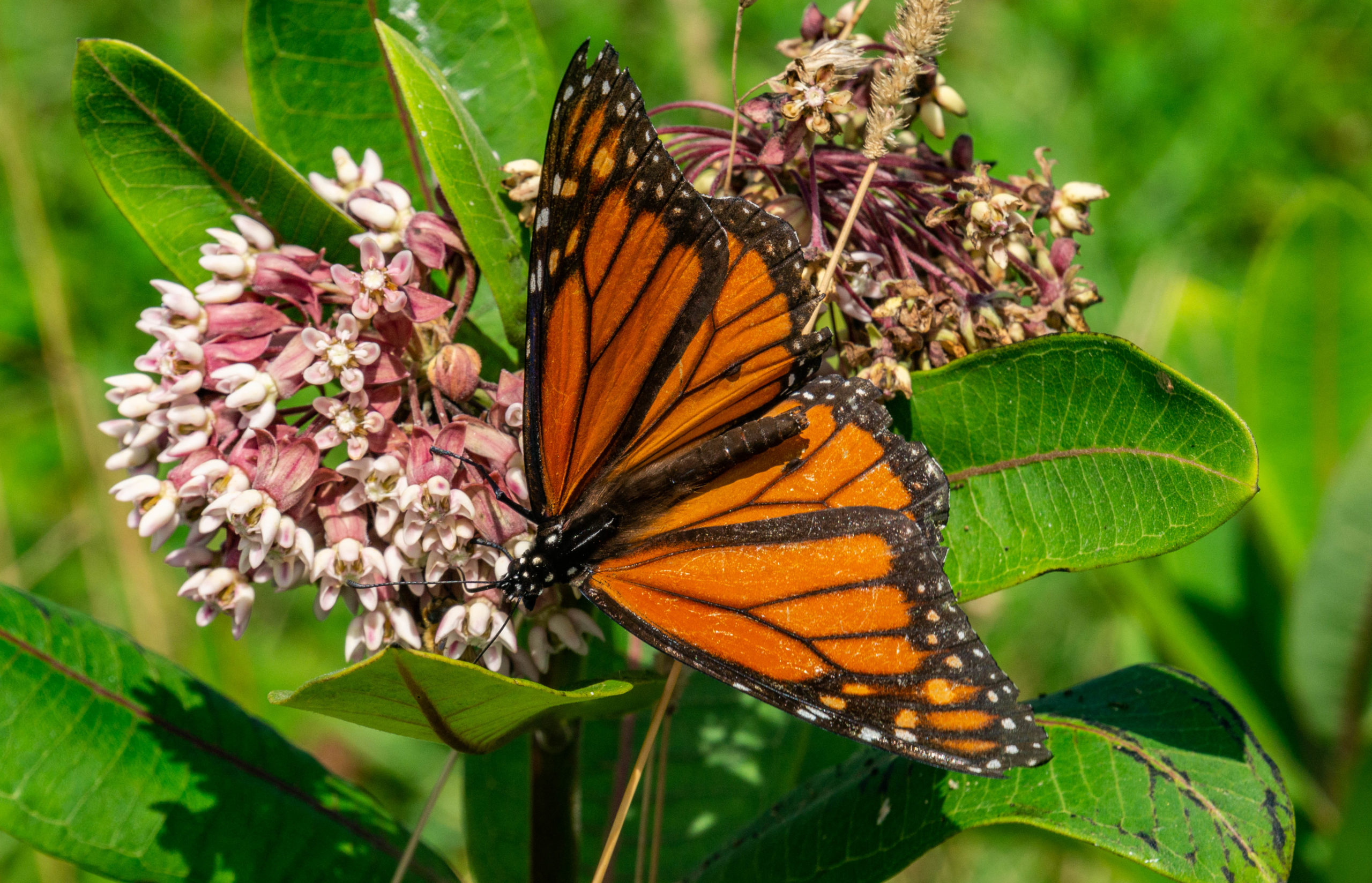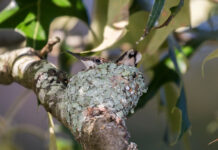
During the summer of 2022, the International Union for Conservation of Nature added the monarch butterfly to its endangered species list. This had been a long time coming, with monarch populations decreasing rapidly since the late 1990s when records started being kept.
This is due to several things, including climate changes and, more importantly, lack of habitat. Monarchs rely on milkweed plants to lay their eggs, and as humans have slowly taken over more and more of the land, the insufficient numbers and density of milkweed plants have led to fewer eggs and, therefore, fewer monarchs. This is an unfortunate turn of events because the monarch is an absolutely beautiful, fascinating creature. Every year they migrate from Mexico to locations across the US, including here in Georgia. What is more amazing is that no single monarch makes the journey in both directions. The young monarchs know to go north or south without having ever done so before, which is quite fascinating.
They can be found through much of the summer, but especially during the months of May and October as they migrate north for the summer and south for the winter. As I mentioned, they are most commonly found on milkweed plants, easily identifiable as large pink/purple balls of flowers on tall stems. These plants are most common in open areas with plenty of sun. They may even be seen sharing them with local bees, which also love these plants for their nectar.
Female monarchs lay their eggs on the leaves of milkweed plants, so naturally, less milkweed means fewer eggs and, therefore, fewer monarchs. Fortunately, milkweed is fairly easy to grow, so everyone can help give monarchs somewhere to rest and lay their eggs on their journey. A company here in North Georgia is even selling seeds at a very low price. You can check out their offer of 150 seeds for just $5 here: http://www.livemonarch.com/free-milkweed-seeds/
In addition, if you are an educator, run kids’ groups, or are in need, you may be able to get some free seeds through their campaign.
This time of year is perfect for planting since it takes around 14-30 days for the seeds to germinate. They will be ready by late summer to feed the growing new generation as they prepare for and head out on their journey back south.
Monarchs aren’t the only butterfly that will enjoy your milkweed plants. A handful of other common varieties can be found across the region during the summertime. The most common of which are the Tiger and Black Swallowtails. These often cover up local butterfly bushes in large numbers.


Another common flutterer is the Gulf Fritillary. These are often confused for monarchs from a distance because they are that familiar orange color. I often see these butterflies hanging out in cover like the one below.
I have always been a chaser of butterflies, and I hope to be able to continue chasing monarchs for the rest of my life.
Have a great week, and I’ll see you on the trail…










